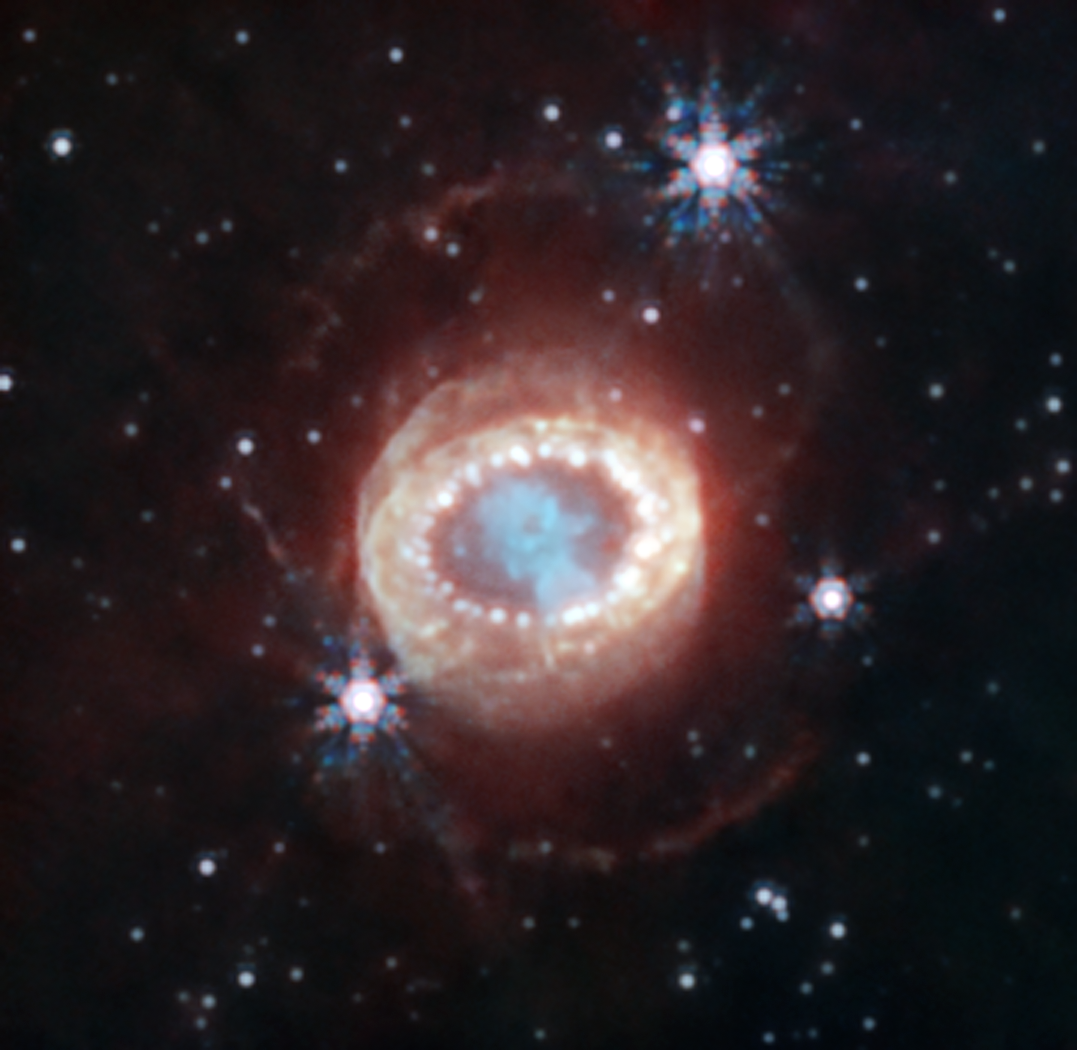
What's up for September? Venus returns to the morning sky, the Harvest Moon, and dark sky observers can look for zodiacal light!
After brightening our evening skies for most of this year, Venus has now switched over to being a morning sky object. Look for the superheated, cloud-covered planet as a bright beacon in the eastern sky before sunrise throughout the month.
The full moon on Sept. 29, also known as the Harvest Moon, will be the fourth and final supermoon of the year. As we mentioned last month, supermoons are full moons that occur when the Moon is near the closest point in its orbit around Earth.
On cool, moonless September mornings before dawn, you might have an opportunity to search for the zodiacal light. It's a triangular or cone-shaped pillar of faint light that stretches upward from the horizon, and it's easiest to observe around the time of the equinoxes in March and September.

C